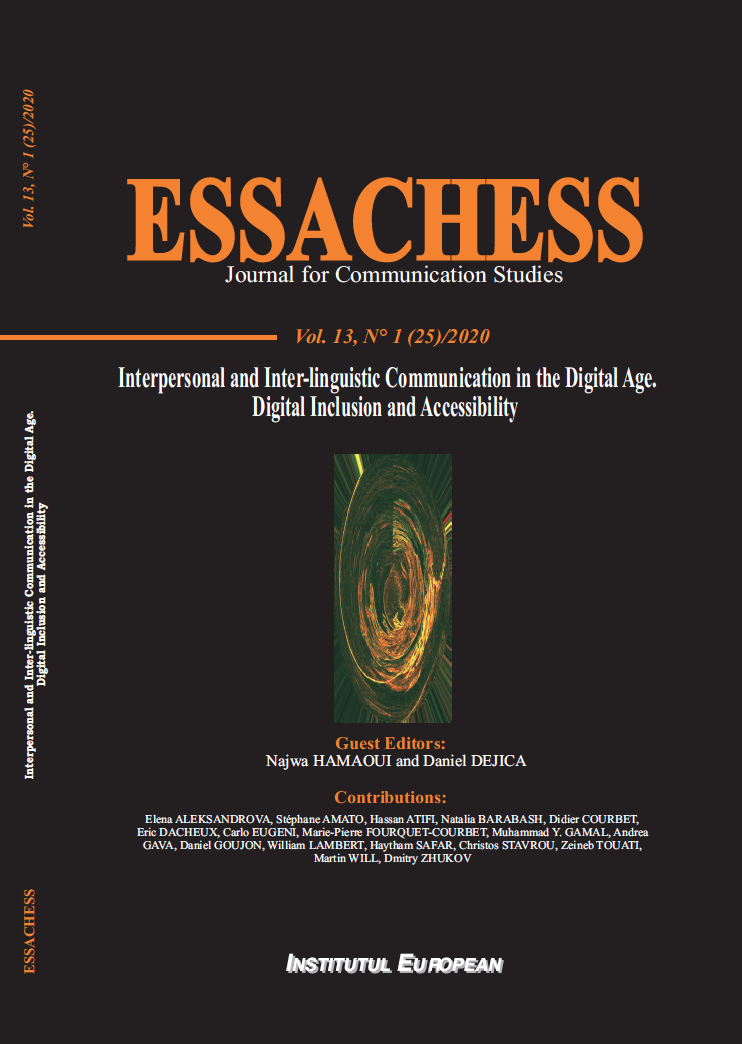Can Self-organized Criticality Theory help identify Political Mobilization on Social Media?
Can Self-organized Criticality Theory help identify Political Mobilization on Social Media?
Author(s): Natalia Barabash, Dmitry ZHUKOVSubject(s): Politics, Anthropology, Social Sciences, Media studies, Political Sciences, Civil Society, Governance, Communication studies, Sociology, Government/Political systems, Politics and communication, Politics and religion, Politics and society, History and theory of political science, Cultural Anthropology / Ethnology, Culture and social structure , Nationalism Studies, Sociology of Culture, Migration Studies, Sociology of Politics, Globalization, Inclusive Education / Inclusion, Identity of Collectives
Published by: ESSACHESS
Keywords: self-organized criticality; pink noise; social media; political mobilization;
Summary/Abstract: One of the challenges of monitoring political mobilization on social media is the setting of formalized mobilization criteria to identify early symptoms of political mobilization across different groups. We propose and test a tool for identifying groups that display a high level of political mobilization. This tool is based on the hypothesis that strong engagement of users in group activities and discussions is common to groups in a state of self-organized criticality (SOC). An attribute of SOC, known as pink noise, can be observed in time series. To test this hypothesis, we sourced data on activity in 200 Facebook groups in France and Germany.
Journal: ESSACHESS - Journal for Communication Studies
- Issue Year: 13/2020
- Issue No: 25 (1)
- Page Range: 155-177
- Page Count: 22
- Language: English

